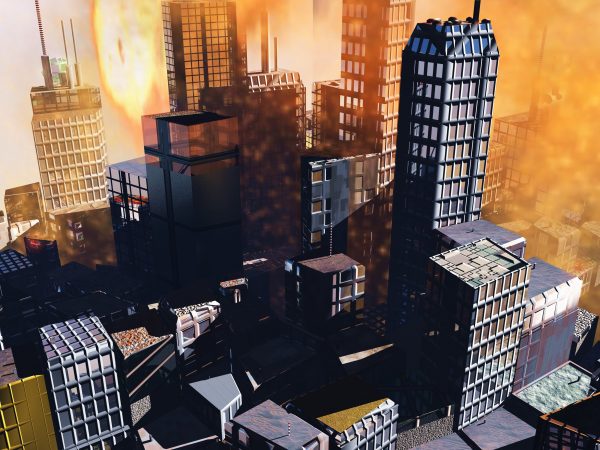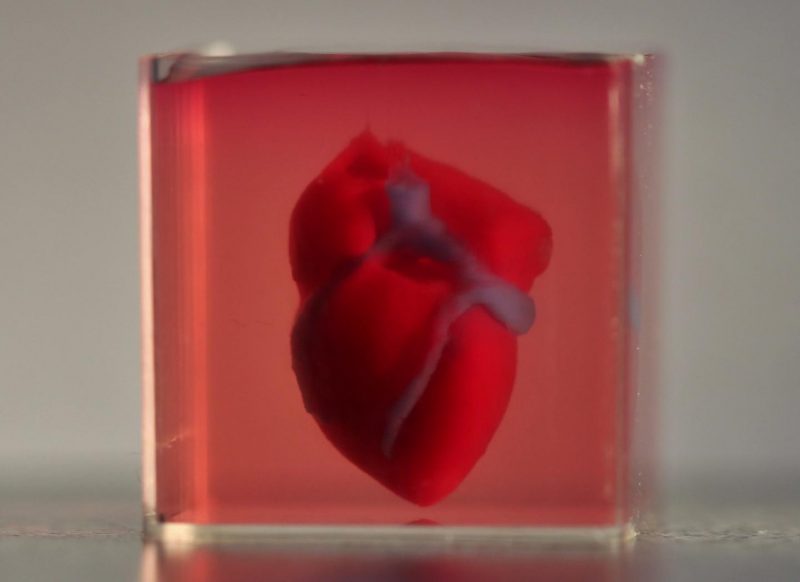New York Destroyed Again (In a Simulation)
New York City, home to 8.6 million people and one hot duck, has perished in an apocalyptic meteor strike … in a simulation. Over the past week, some 200 space experts from NASA, the European Space Agency (ESA) and other organizations have been melding their minds in order to face the crisis of a hypothetical asteroid barreling through space toward North America. The gathering, called the International Academy of Astronautics Planetary Defense Conference, convenes every year with the not-so-simple task of figuring out how to save Earth from a head-on asteroid impact — sort of like war games, but on … Read more












